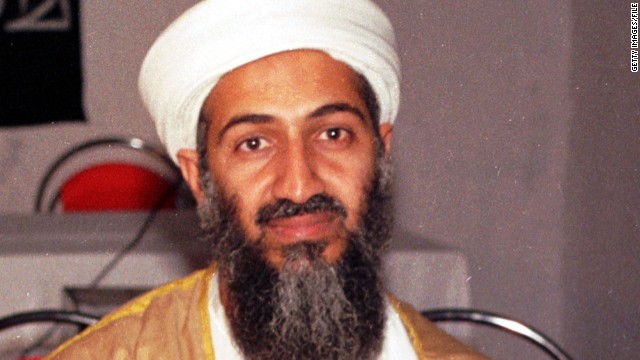TIRED OF WAITING MIRIK RESIDENT START CLEANING THE LAKE - GTA Fisheries Dept, GTA Tourism Dept, Mirik Municipality, Mirik Block Development Office Turn Blind Eye
On 18th Dec 2012, Bimal Gurung had invited all the social leaders from Mirik to Lal Kothi in the presence of then GTA Tourism Secretary, Mr. Sonam Bhutia, to discuss the issue of cleaning up the Lake. Bimal Gurung had invited people to inform that the lake water has become toxic, so we have to empty the lake, clean it up, and properly sanitize the lake.
However, nothing happened.
Later a boat (rumoured to have cost 9 crores) was bought, and it was expected to clean up the lake. However, the boat is useless and hasn’t really cleaned the lake, even Bimal Gurung had then (in 2012) agreed that it wasn’t helping the lake.
Since 2012, December the lake has continued to become more and more polluted and toxic. In fact, back in 2012 itself, after the boat wormers started to get sick a test was done and it was found that the lake had become 75% toxic. Imagine the toxicity level after 3 years.
Well if you are in Mirik, you won't have to imagine, juat walk upto the lake and you will see hundreds of dead fishes floating, and the entire lake region stinks. Now the fishes have started to turn up dead in large numbers. All the big fishes are dying. There is one particular point, near the bazaar – Home Dara, where most number of fishes have died.
Thana Line resident Mr, Suresh Rai was the 1st one to notice large number of fishes turning up dead, he was horrified and worried, so he wanted to clean up the lake region. He then went and talked to his friend Phupu Tshering Bhutia from Nigalay and within hours a few other youths Mr. Shankar Pradhan from Nigalay and Arbin Subba, Krishannagar had joined in and agreed to help clean the lake.
Yesterday the volunteers toiled for over 5 hours and took out a large number of dead fishes from the lake, the water is so toxic, that the portion of body of the volunteers dipped in water while cleaning up, have changed colours. They have become darker and brownish in colour,
Speaking to TheDC, one of the volunteers Mr. Phoobtshering Bhutia said, "Tired of waiting for the authorities to do something, we took the initiative today and took out the fishes. But what we took out is only 10% of the number of fishes that are lying dead... there are lots of dead fishes and we fear more may die... the concerned departments need to wake up and deal with this situation at the earliest, otherwise not just the lake will die, but it will cause diseases here and people may start dying."
Another volunteer Mr. Arbin Subba said, “how can anyone see all of this happening and remain oblivious to these issues? Last time the locals got together and build the garden, it got politicized and the locals had to stop. Now this we waited for over 3 years, and no one did anything. We are ready and willing to clean the lake ourselves, we have the capacity and capability to change our own place, if we can help people in Nepal after the earthquake, if we can help people after the landslides, then we can definitely clean up our own lake.”
Following our reporting in 2014-15 GTA has sanctioned a project of Rs 37 crores, meant for renovating the lake region entirely. However, there is no visible sign of change. Locals informed us that the contractor has employed only around 35 labourers to undertake the renovations. Which roughly translates to each labourer having to do over 1 crores worth of work.
This is not just impractical, but also insane.
Let us assume 37 workers have been employed, so each worker is expected to complete Rs 1 crores worth of work. Even if the material cost + transportation + engineering + contractual profit stands at is at 90% (accounting for 90 lakhs out of 1 crore), given the wages paid to the labourers @ Rs 200 per day and assuming that the labourers work every day (365 days a year), it will require each labourer to work everyday for 13 and a half years to finish the rest 10% (10 lakhs).
So despite the funds allocation, we are not sure why the contractor or GTA have not begun the work in all seriousness? Who is profiting from dirty, dab, and toxic Mirik lake region?
After the clean up, as the volunteers brough the dead fishes onshore, local Municipality Councillor – Bikram Golay from Kauley had come and proposed that they will bury the fishes, however, after we went to have our launch and come back on our way to Dsrjeeling, nothing had been done.
Such is the apathy and indifference of our politicians and administrators.
We however, deeply THANK ALL THE VOLUNTEERS... Who despite such a severe cold day drove in to clean our our beloved lake... we hope that GTA and local Municipal Authorities will kindly continue the giid work these volunteers have started and clean up the lake entirely.
Via TheDC











.jpg)


